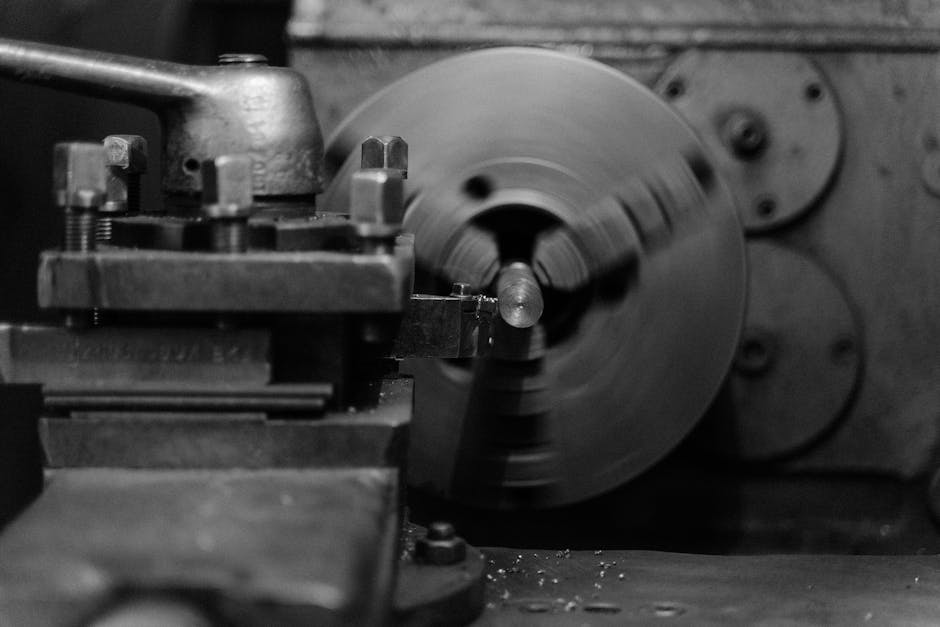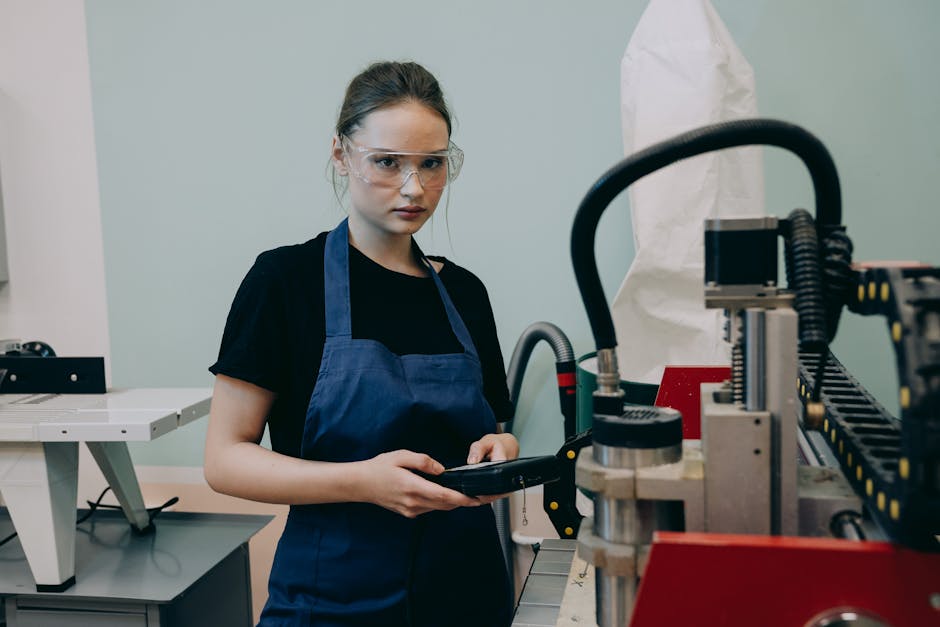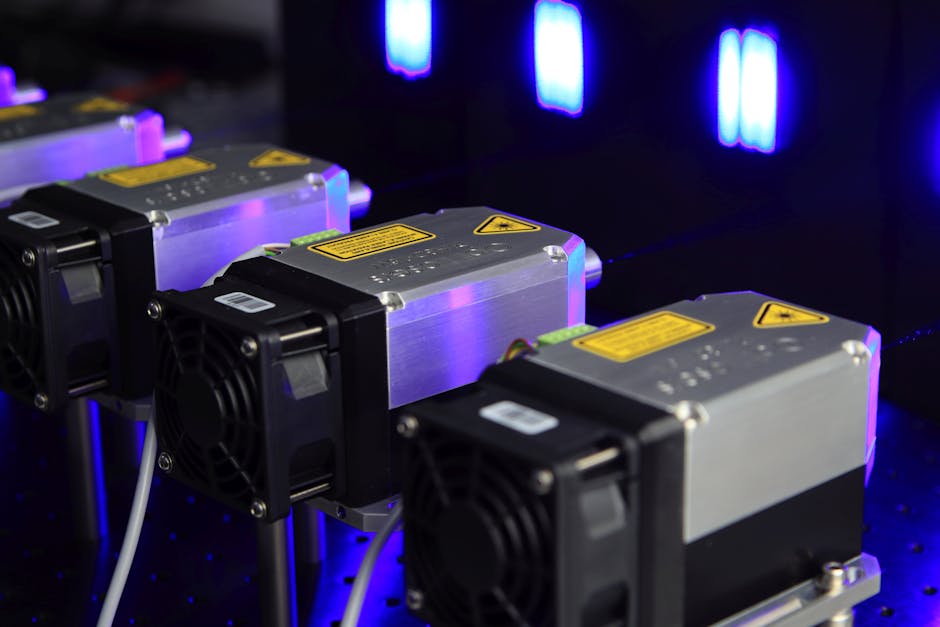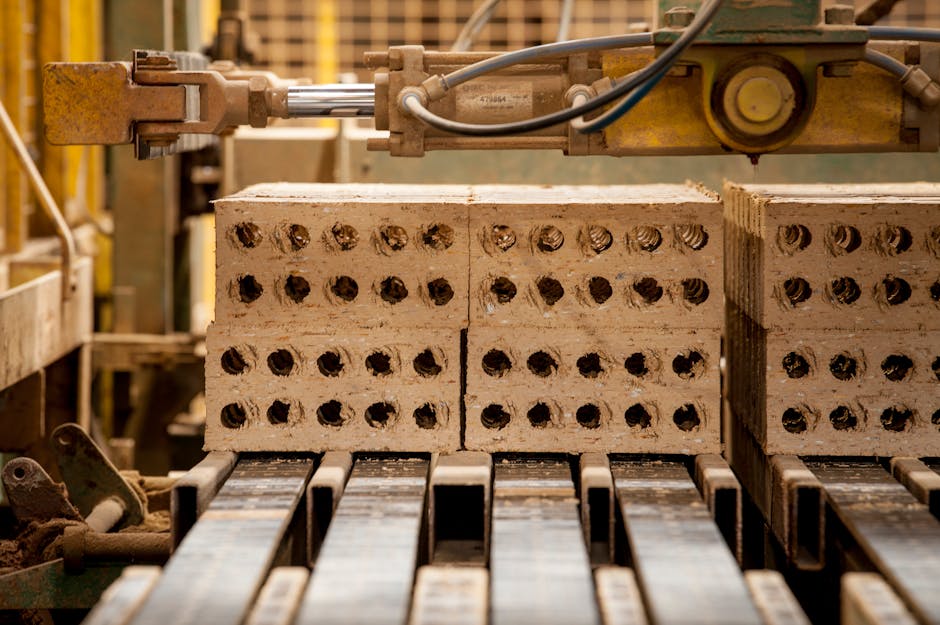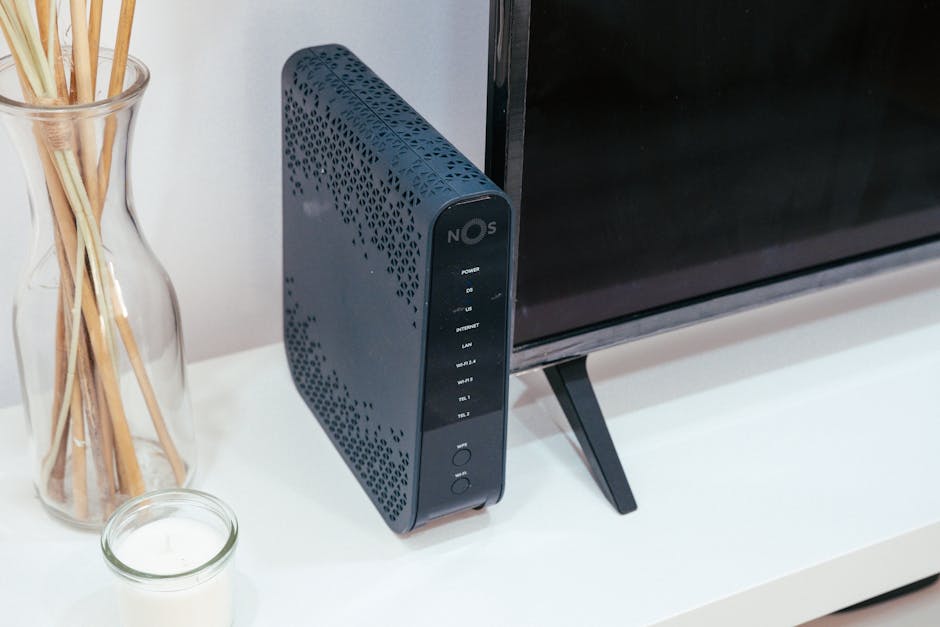Introduction
When it comes to CNC Lathe Live Tooling Iowa, TMC Technologies stands out as a premier provider. Since 1989, we have committed ourselves to delivering unbeatable precision and efficiency in every project.
Key Points Covered in this Article:
- What is CNC Lathe Live Tooling?
- Key Benefits and Applications
- How TMC Technologies Leads the Industry in Iowa
Our state-of-the-art facilities in Carol, Iowa, allow us to offer cutting-edge solutions across various industries. From agriculture to aerospace, our expertise in CNC Lathe Live Tooling ensures we meet the highest standards of quality and accuracy.
With the ability to perform milling, drilling, and tapping operations while the material is still clamped, CNC Lathe Live Tooling minimizes setup times and boosts production efficiency. This is a revolution in machining, offering unparalleled precision and speed for complex components.

Understanding CNC Lathe Live Tooling
Live Tooling is a game-changer in CNC machining. Traditional lathes are limited to turning operations, but live tooling integrates rotating tools directly into the lathe. This allows for milling, drilling, and tapping without removing the workpiece from the lathe, significantly cutting down on production time and improving precision.
CNC Control
The CNC control panel is the brain of the operation. It allows operators to input, edit, and monitor machining programs in real-time. With integrated screens displaying G-code, adjustments can be made on-the-fly to ensure accuracy. This real-time monitoring is crucial for maintaining the high precision required in industries like aerospace and medical devices.
Turret
The tool turret is another essential component. It holds multiple cutting tools that can be quickly indexed into position. This reduces downtime and increases productivity. For example, a turret may hold turning tools, boring heads, and modular adapters, allowing for rapid transitions between different machining tasks.
Spindle Configurations
Spindle configurations in CNC lathes can vary, but dual-spindle setups are particularly effective for live tooling. Dual spindles allow for simultaneous operations on both ends of the workpiece, further enhancing efficiency. This is especially useful in complex projects where multiple operations are required.
At TMC Technologies, we utilize advanced CNC lathes with live tooling capabilities to tackle intricate projects with ease. Our state-of-the-art equipment includes multi-axis machines that can execute complex operations with high precision. This ensures that we remain competitive and can deliver the best outcomes for our clients.
By understanding these components—live tooling, CNC control, turret, and spindle configurations—you can appreciate how CNC Lathe Live Tooling revolutionizes manufacturing. It minimizes setup times, boosts production efficiency, and ensures unparalleled precision.

Lead into the next section…
The Evolution of CNC Lathes in Iowa
The evolution of CNC lathes in Iowa has been remarkable, driven by advancements in AI, computer applications, tool technology, and machine functionality.
Advancements in AI
Artificial Intelligence (AI) has revolutionized CNC machining. AI algorithms optimize tool paths, predict tool wear, and enhance machine learning. This means fewer errors, less downtime, and higher efficiency.
Computer Applications
Modern CNC lathes use advanced computer applications for design and control. These applications allow for precise 3D modeling and simulation before actual machining. As a result, we can foresee potential issues and address them beforehand.
Tool Technology
Tool technology has also seen significant advancements. Today’s tools are more durable and versatile. For instance, live tooling integrates milling, drilling, and tapping operations within the lathe. This reduces the need for multiple setups, saving time and increasing accuracy.
Machine Functionality
Modern CNC lathes are multi-axis machines. This means they can move in multiple directions, allowing for complex operations. At TMC Technologies, we use state-of-the-art multi-axis CNC lathes to handle intricate projects with high precision.
These advancements make CNC lathes indispensable across various industries, from aerospace to medical fields. They ensure that Iowa remains at the forefront of precision manufacturing.
Lead into the next section…
Key Benefits of CNC Lathe Live Tooling
Rapid Turnaround
One of the biggest advantages of CNC Lathe Live Tooling is the speed. By combining milling, drilling, and tapping into one setup, production time is significantly reduced. For example, at TMC Technologies, we can complete complex parts faster because we eliminate the need for multiple setups. This rapid turnaround means you get your parts quicker, helping you meet tight deadlines and get to market faster.
Custom Finishes
With CNC Lathe Live Tooling, achieving custom finishes is easier. The precision of the tools allows for smooth, intricate details that would be hard to achieve manually. This is especially useful for industries like aerospace and medical, where fine details matter. Our team at TMC Technologies works closely with clients to ensure their specific finish requirements are met, whether it’s a polished surface or a textured pattern.
Material Selection
CNC Lathe Live Tooling is versatile when it comes to material selection. We can work with a variety of materials such as aluminum, stainless steel, brass, copper, and titanium. This flexibility allows us to cater to different industry needs. For example, aluminum is lightweight and strong, making it ideal for aerospace components. Stainless steel is durable and corrosion-resistant, perfect for medical devices. At TMC Technologies, we help you choose the right material for your project to ensure optimal performance.
Precision
Precision is a hallmark of CNC Lathe Live Tooling. Our machines can maintain tight tolerances, typically ranging from ±0.0002” to ±0.0005”. This high level of accuracy ensures that each part fits perfectly every time. For example, in the firearms industry, precision is crucial for safety and functionality. Our CNC lathes deliver this precision, making us a trusted partner for industries requiring intricate components.
Scalability
Whether you need a single prototype or a large production run, CNC Lathe Live Tooling offers scalability. At TMC Technologies, we have the capacity to handle both small and large orders efficiently. Our advanced equipment and skilled machinists ensure that each part, regardless of the quantity, meets the highest quality standards. This scalability makes us a versatile partner for your manufacturing needs.
Lead into the next section…
Types of Live Tools and Their Applications
When it comes to CNC Lathe Live Tooling, understanding the different types of live tools is crucial. Each type serves a unique purpose, and choosing the right one can significantly impact the efficiency and quality of your machining process. Let’s break down the main types of live tools and their applications.
Radial Heads
Radial heads are designed to perform operations perpendicular to the axis of the spindle. They are ideal for tasks like milling slots, drilling holes, and other side operations. This makes them highly versatile and essential for projects that require complex geometries.
Axial Heads
Axial heads operate parallel to the spindle axis. They are perfect for drilling, tapping, and reaming operations along the centerline of the workpiece. These heads are commonly used in applications where high precision is needed, such as in aerospace and medical components.
Swivel Heads
Swivel heads offer the flexibility to adjust the angle of the tool. This means they can perform operations at various angles, providing greater versatility. They are particularly useful in creating complex parts with angled features, reducing the need for multiple setups.
Multi-spindle Heads
Multi-spindle heads can hold multiple tools at once, allowing for simultaneous operations. This significantly reduces cycle time and increases productivity. These heads are often used in high-volume production environments, such as automotive and industrial manufacturing.
BENZ Tooling
BENZ Tooling is a renowned brand known for its high-quality live tools. They offer a range of options, including radial, axial, and multi-spindle heads. BENZ tools are designed for durability and precision, making them a popular choice for industries requiring high standards of accuracy and reliability.
By understanding the various types of live tools and their specific applications, you can make informed decisions that will enhance your machining processes. Whether it’s radial heads for side operations or multi-spindle heads for high-volume production, each tool has its place in achieving optimal results.
Choosing the Right CNC Lathe Live Tooling Provider
Selecting the right CNC lathe live tooling provider is crucial for your project’s success. Here are the key factors to consider:
Experience
Experience matters. TMC Technologies has been in the business since 1989. Our long history in precision manufacturing means we have tackled a wide range of challenges and delivered successful projects across various industries. This depth of experience ensures we can handle complex requirements with confidence.
Capabilities
A provider’s capabilities define what they can achieve. At TMC Technologies, our state-of-the-art equipment includes advanced CNC lathes with live tooling capabilities. We can perform intricate milling, drilling, and tapping operations in a single setup. This reduces production time and enhances precision.
Quality Management Systems
Quality is non-negotiable. We adhere to the highest industry standards and employ robust quality control measures. Our commitment to quality ensures that every product meets stringent specifications. This dedication to excellence is part of why clients trust us for their most demanding projects.
Engineering Expertise
Engineering expertise is essential for customized solutions. Our team works closely with clients to develop tailored plans that meet specific needs. This collaborative approach allows us to exceed expectations through innovative solutions and meticulous execution.
Customer Service
Exceptional customer service sets us apart. We believe in building strong relationships with our clients. Our team is always available to address your questions and provide support throughout the project. This focus on customer satisfaction is a cornerstone of our business philosophy.
In-house Services
Having comprehensive in-house services adds value. At TMC Technologies, we offer a full suite of services, from design and 3D modeling to CNC turning and machining. This integrated approach ensures seamless project execution and consistent quality control.
By considering these factors, you can choose a CNC lathe live tooling provider that will deliver high-quality results and a smooth project experience. For more information on our services and capabilities, explore our website.
Frequently Asked Questions about CNC Lathe Live Tooling
What is live tooling in CNC lathe?
Live tooling in a CNC lathe allows the machine to perform milling, drilling, and tapping operations while the material is still clamped. This means you can do more complex machining tasks without moving the workpiece to another machine. It’s a game-changer for efficiency and precision.
For example, at TMC Technologies, we use live tooling to cut down on production time and enhance the accuracy of the parts we produce. This approach helps us deliver high-quality products faster and more reliably.
What is the difference between a mill turn and a live tool lathe?
A mill-turn machine and a live tool lathe may seem similar but have distinct differences. A mill-turn machine combines the capabilities of both milling machines and lathes in one setup. It’s designed to handle both types of operations seamlessly.
On the other hand, a live tool lathe is primarily a lathe but has additional tooling options that allow for milling, drilling, and tapping. This makes it versatile but still lathe-centric.
At TMC Technologies, we often use CNC lathes with live tooling because they provide the flexibility to handle complex parts without needing multiple setups.
Can CNC replace lathe?
CNC machines can replace traditional manual lathes in many applications due to their precision, speed, and versatility. However, they don’t entirely replace the function of a lathe. Instead, they enhance it.
A CNC lathe automates the turning operations and can perform additional tasks like milling and drilling when equipped with live tooling. This makes it far more efficient and accurate than manual lathes.
At TMC Technologies, we leverage CNC lathe live tooling to offer a range of services that would be impossible or too time-consuming with manual lathes. This allows us to meet the complex needs of our clients across various industries.
For more details about our CNC lathe live tooling capabilities, visit our website.
Conclusion
At TMC Technologies, we pride ourselves on being Iowa’s premier provider of CNC lathe live tooling services. Our commitment to quality, precision, and customer satisfaction sets us apart from the competition. With our advanced CNC lathes equipped with live tooling, we can handle complex projects with ease, ensuring rapid turnaround times and impeccable accuracy.
Why Choose Us?
-
Experience and Expertise: With decades of experience, we understand the intricacies of CNC machining. Our team of skilled technicians and engineers is dedicated to delivering top-notch results.
-
Comprehensive Capabilities: From radial heads to multi-spindle heads, our range of live tooling options allows us to tackle diverse and challenging projects.
-
Customer-Centric Approach: We believe in open communication and collaboration. By partnering with our clients, we ensure that every project meets their specific needs and exceeds their expectations.
-
Strategic Location: Based in Carroll, Iowa, we are centrally located to serve clients nationwide, offering faster lead times and personalized service.
Ready to take your project to the next level? Discover how TMC Technologies can bring precision and efficiency to your manufacturing needs. Visit our capabilities overview page to learn more about our CNC lathe live tooling services and how we can help you achieve your goals.
